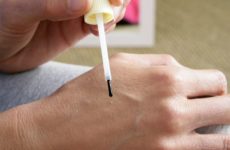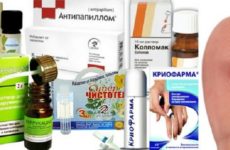Warts or “frog skin” is one of the most common skin diseases in childhood. They may appear due to a violation of the sanitary and hygienic standards of the maintenance of the living quarters, due to non-compliance with the rules of personal hygiene, due to excessive sweating or under the influence of a viral agent. In rare cases, the appearance of neoplasms indicates a polyvalent food allergy.
Removal of warts is impossible without determining the exact cause of their appearance. This issue is dealt with by narrowly specialized specialists: endocrinologist, virologist, allergist-immunology, dermatologist.
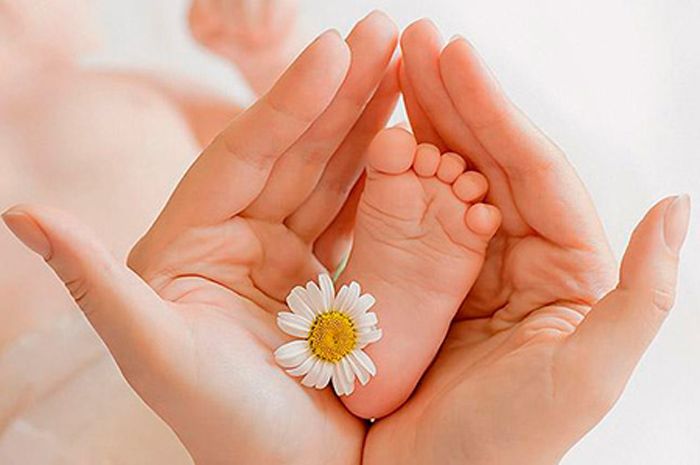
Содержание:
Why do formations appear on the skin?
The reasons for the appearance of warts can be very diverse. However, medical specialists identify several of the most common:
- Violation of sanitary and hygienic standards. Untimely washing, constantly dirty hands, sweat secretions in large volumes and other reasons can cause a wart.
- Infection. Viruses, bacteria and fungus can freely penetrate the protective skin barrier only if it is broken. Microtraumas, abrasions and burns are the best conductors for all kinds of bacteria. Therefore, the affected area must always be covered with a plaster or treated with an antiseptic.
- Human papilloma virus . You can become infected with such a virus only from a carrier in everyday life or through personal contact. Only an infectious disease specialist can diagnose the presence of HPV.
- Sweat secretions. In athletes and people who sweat profusely, the occurrence of warts on the feet, in the area of \u200b\u200bthe elbows, on the arms and under the knees is the most common thing.
- Hormonal disorders. Changes in the hormonal background, a violation of the diet and a lack of important trace elements can provoke the appearance of papilloma.
Main types
Before you start treating warts, you need to determine their type. This can be done with the help of an external examination or by contacting a specialist. There are some of the most common types of skin growths:
- Ordinary. The most common type of skin growth. They form on the fingers, elbows and knees. They have a rough surface and a yellowish tint. The reason for their occurrence lies in profuse sweating. More typical for those who started playing sports.
- Flat. They have a smooth surface. The color is pink or yellowish. They appear both in very young children and in adolescents during puberty. Such warts are localized in the area of the nasolabial triangle, on the cheeks, on the chin and in the corners of the mouth. Treatment of such growths is carried out using a laser.
- Plantar. Accompanied by hyperkeratosis – thickening of the skin on the foot. The color of such a neoplasm varies from light yellow to dark gray. You can detect it with the help of a visual inspection, as the child often complains of discomfort when walking.
- Filiform warts. The rarest of all possible types of neoplasms. They are caused by exposure to the Human Papilloma Virus (HPV). They appear in the mucous membranes. Their removal is impossible without the intervention of medical workers.
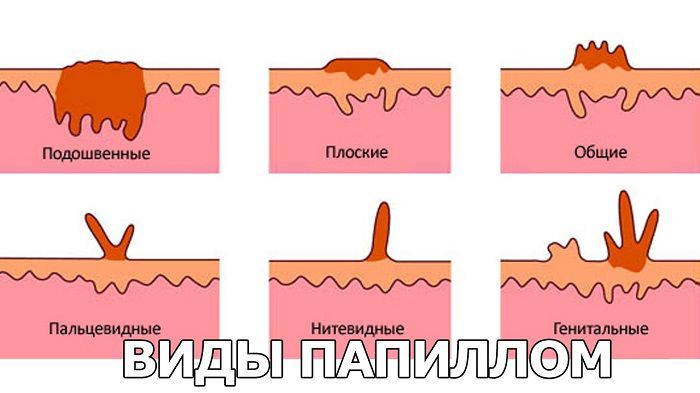
Flat warts on the face and hands
Flat warts are small skin growths that can appear on the hands or face. They, as a rule, do not bother the carrier – they do not itch, do not fester. But, the reason for their appearance may be associated with the introduction of the HPV virus or other infection. Less commonly, they occur due to hormonal changes and non-compliance with sanitary and hygienic standards.
Their removal is carried out under the supervision of a medical specialist, only after passing all types of examinations. Also read how a plantar wart is trimmed in a child , symptoms and treatment.
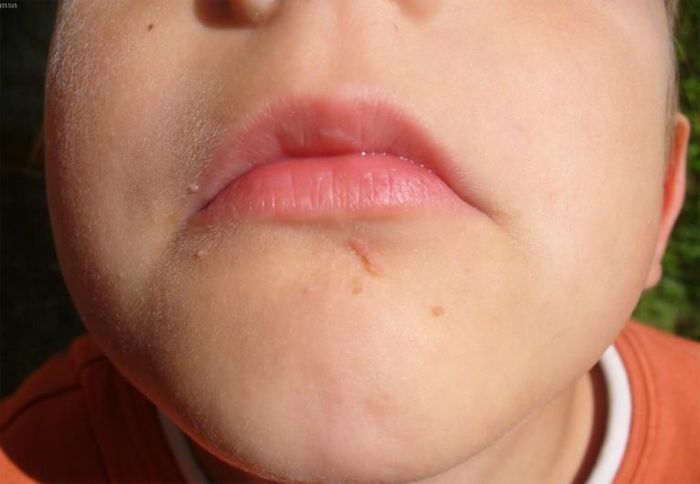
Vulgar or ordinary
Vulgar (ordinary) warts appear on the skin of the hands, feet, on the face due to the entry of dirt or dust into the wound, microcrack. Such papillomas are removed with the help of creams or ointments of a gentle action.
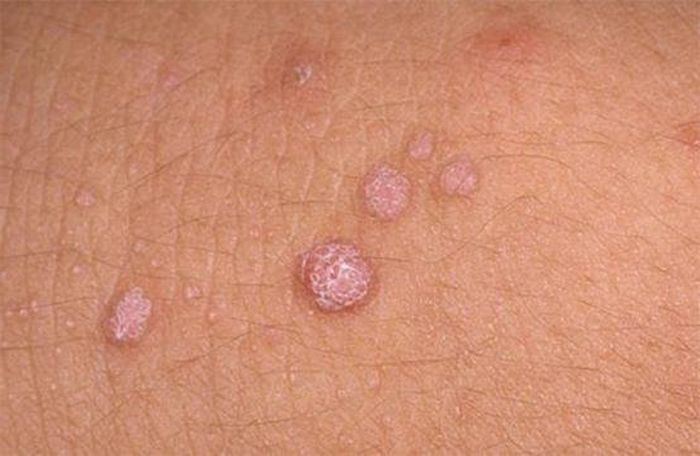
Genital warts or genital warts
They appear as a result of infection with the human papillomavirus 6 and 11 strains. Such neoplasms are treated with local aseptic agents and antibiotic ointments in the composition. In some cases, surgical excision is performed.
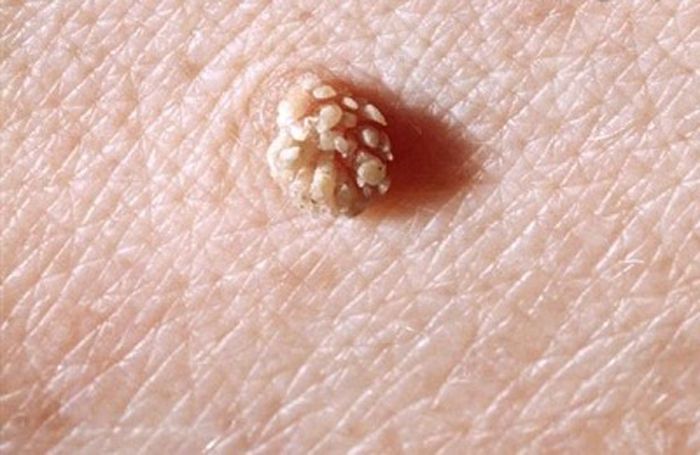
Age-related warts (keratoma) – appear due to metabolic disorders, changes in hormonal levels and due to the occurrence of various blood diseases. In young children, the manifestation of keratoma is possible only in the presence of serious endocrine pathologies.
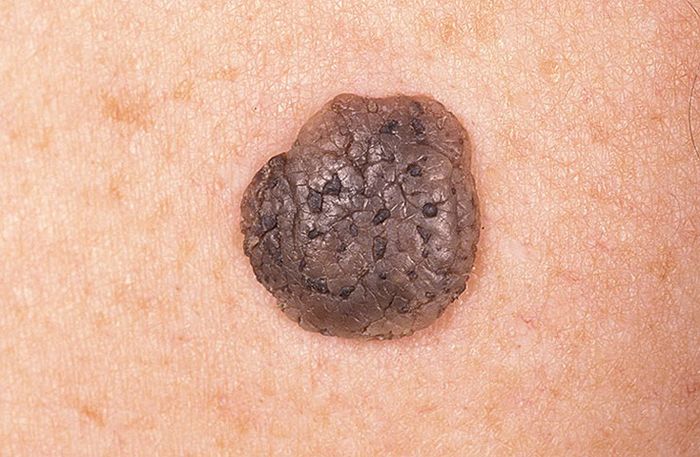
Where to go if you suspect an infection?
In the event that a child has several warts on the skin, and they are actively spreading, parents should immediately go to see a dermatologist. An experienced specialist will examine the candidiasis and issue an expert opinion. It reflects: preliminary diagnosis, therapeutic effect, results of laboratory tests (referral) and examination of narrow specialists (endocrinologist, dermatovenereologist, gynecologist, urologist).
Why are they dangerous?
By themselves, warts do not pose any danger to their owner. However, if they appeared as a result of a viral infection or were repeatedly injured, it is worth sounding the alarm.
The main difference between ordinary papilloma and painful skin rashes is:
- Change in the shape, color, filling of the keratinized epithelium.
- The occurrence of discomfort during palpation of the wart.
- A rapid increase in the number of papillomas.
- The presence of itching, burning in the area of skin growths.
- Other signs of viral, bacterial infection accompanying the appearance of neoplasms.
Treat the wart or go away on its own?
Treatment of warts can and should be done both independently and under the supervision of narrow specialists. Since a change in the skin is always accompanied by exposure to aggressive agents of the external or internal environment.
Diagnosis of the disease
In order to identify the cause of skin growths, a dermatologist directs the patient to undergo several laboratory tests. They include:
- General tests: blood, feces, urine.
- Differential diagnosis.
- Blood sampling for antibodies.
- Blood sampling for the determination of a viral infection.
- Bacteriological analysis of urine and feces.
- If papillomovirus is detected, the patient takes additional blood tests to identify the strain of the virus .
- Scraping of keratinized skin.
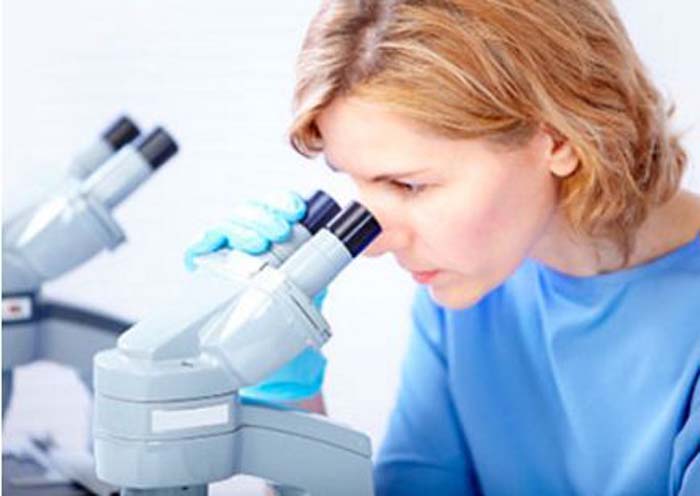
Methods of treatment
The method of treating a wart is determined by the nature of its occurrence.
- In the event that the appearance of papilloma is a consequence of a violation of sanitary and hygienic standards, the doctor prescribes a special ointment that kills pathogenic bacteria and a drug to remove the build-up: celandine, cryo drug, herbal decoctions.
- When a viral, bacterial or fungal infection enters the body, a prescription is issued using antibiotic substances, ointments and gels for external use, specialized aseptic sprays. They help to eliminate the root cause of the disease and effectively deal with its consequences.
- In case of hormonal disorders, the doctor gives a referral to a pediatric urologist and gynecologist. After the initial consultation and study of all materials of laboratory tests, the doctor gives a conclusion. It usually comes down to the use of hormone-containing products or injections.
- If warts occur as a result of exposure to toxic substances, allergens, chemical compounds (perfume, shampoo, cleaning products) – aggressive agents are completely excluded from the child’s social life. Further treatment of warts is carried out based on the degree of damage.
Medical preparations
To date, the pharmacy assortment is rich in various means for removing warts. In order to choose the right drugs, you need to know their classification and degree of impact.
- necrotizing drugs. They cauterize and mummify papillomas. The most popular of them is the infusion of celandine.
- keratolic agents. They have a mild effect. They are used for soaking and removing warts on large areas of the arms, legs, and face.
- Medicines with a freezing effect. Great for removing single growths at home.
- Immunomodulatory drugs. They have an additional therapeutic effect in HPV papilloma.
List of approved medicines from each group
1 group:
- “Ferezol” (solution). Available as an oily liquid. It has a pronounced aggressive effect. Application is possible only on the affected areas – pointwise.
- “Verrukacid” – as well as the previous drug is available in the form of a solution. Its properties are completely identical to the celandine root.
- “Vartek” (cream). It has a soft texture and is very easy to use. Apply the cream strictly on the affected area and mummify the wart within a few hours.
- “Solkodem” (solution). Belong to the group of acid drugs. It is used to combat plantar warts, as it has the deepest penetration under the skin.
2 group:
- “Collomak”. Preparation for the treatment of warts based on salicylic acid. Great for active use on the face and neck.
- “Salicylic ointment”. The drug has a complex effect on the neoplasm area. In addition, the removal of growths helps to normalize cellular metabolism, remove some of the unnecessary subcutaneous mucus, and fights redness.
3rd group:
- Cryo Pharma and Wartner Cryo . They have similar characteristics. Both of these drugs freeze the affected area, disrupting the nutrition of the keratinized epithelium. As a result, he dies.
4th group:
- “Viferon-gel”. Produced on the basis of a protein – interferon, which actively protects the body from the effects of viruses and bacteria.
- “Ridoxol-ointment”. An immunomodulatory drug that has proven itself in the treatment of plantar warts. It is absolutely safe for the smallest children.
- “Imiquimod-cream”. Very expensive but high quality product. Has a wide spectrum of action. Suitable for removing warts on the arms, legs, face, neck, groin area.
Surgical methods of removal
Since the children’s body is very susceptible to any external influence, medical specialists recommend refraining from hardware or surgical removal of papilloma. However, in the event that excision is still necessary, the most gentle removal method is selected.
Namely – cryodestruction , laser therapy.
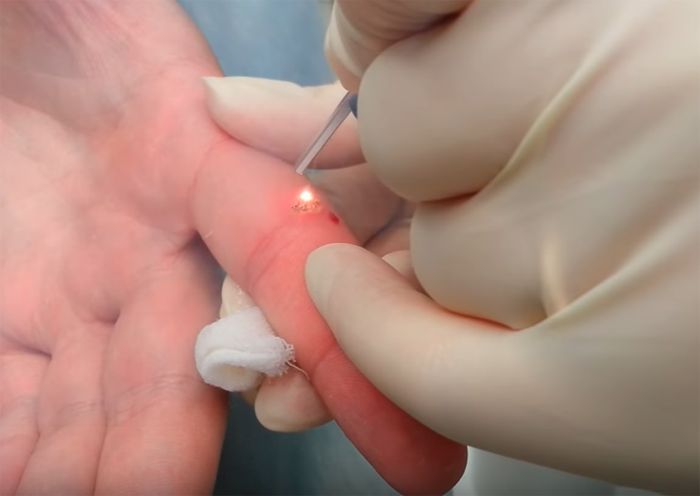
Traditional remedies
The most productive and popular folk remedies include the use of celandine tincture and chamomile decoction. Both of these plants have a pronounced antiseptic, bactericidal and anti-inflammatory effect.
You can buy all the necessary components for making homemade ointments, creams or infusions at pharmacies near your home. However, when using herbal medicines, attention should be paid to their high allergenicity.
Human papillomavirus vaccines
The papillomavirus vaccine is given to all boys and girls at the age of 10 without exception. It is necessary to prevent possible oncological diseases caused by the influence of HPV on the child’s body.
Vaccine schedule:
- “Cervarix” – the first at 10 years old, a month later the second, six months later – the third. It is permissible to carry out vaccination in an accelerated mode.
- Gardasil “- used in a similar way. However, the third vaccination is carried out after 2 months.
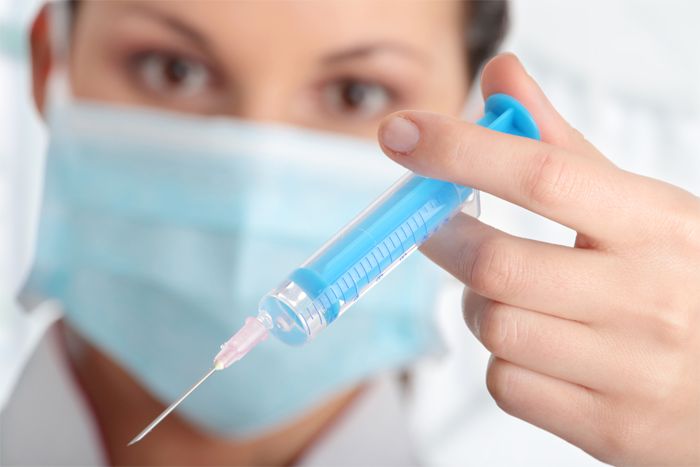
The appearance of a small wart on one of the fingers or on the foot can be signs of a serious illness. Therefore, before trying to remove it with pharmacy creams and ointments, you should see a dermatologist.
Perhaps this insignificant “signal” will help prevent the development of another, more serious illness and save the life of the child.





